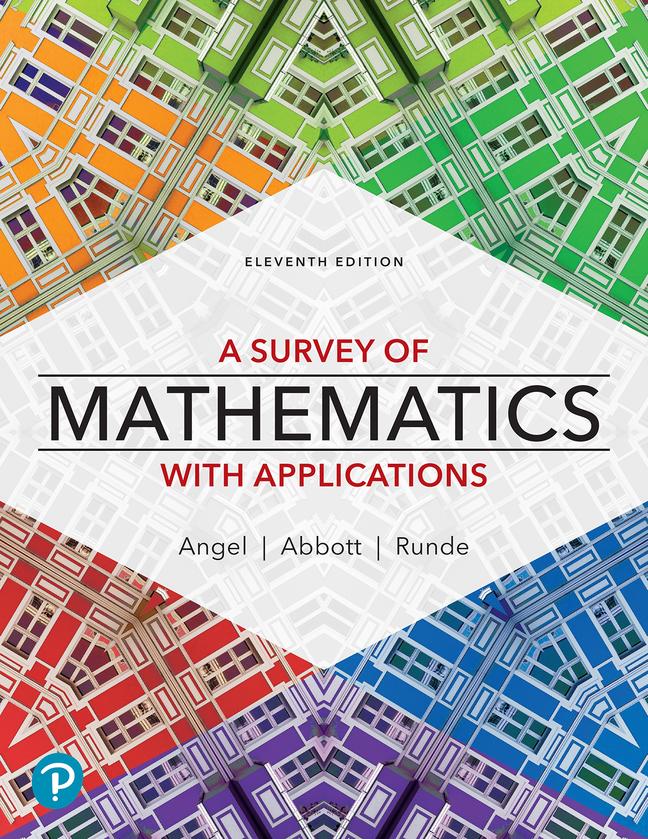Question
6. When Y is regressed on X, 1 > 0, sX 0, sY 0, and the fraction of the variation in Y explained by the
6. When Y is regressed on X, 1 > 0, sX 0, sY 0, and the fraction of the variation in Y explained by the least-squares regression of Y on X does not equal 1. In this example, the sum of the squares of the deviations of the actual Y-values from their mean would definitely be greater than the sum of the squares of the deviations of the predicted Y-values from their mean. A) true B) false 7. When Y is regressed on X, sXY 0, sX 0, and sY 0. In this example, the sum of the squares of the deviations of the actual Y-values from their mean would definitely be greater than the sum of the squares of the differences between the actual Y-values and the predicted Y-values. A) true B) false 8. When Y is regressed on X, 1 > 0, sX 0, and sY 0. In this example, the sum of the squares of the deviations of the actual Y-values from their mean would definitely be greater than the sum of the squares of the deviations of the predicted Y-values from their mean. A) true B) false
Step by Step Solution
There are 3 Steps involved in it
Step: 1

Get Instant Access to Expert-Tailored Solutions
See step-by-step solutions with expert insights and AI powered tools for academic success
Step: 2

Step: 3

Ace Your Homework with AI
Get the answers you need in no time with our AI-driven, step-by-step assistance
Get Started


